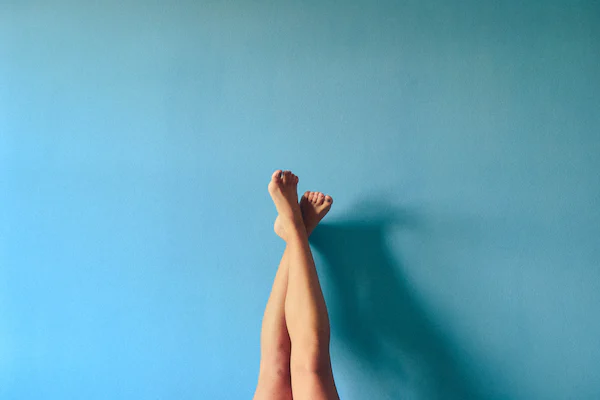
Is Poor Leg Circulation Affecting You? Understanding Venous Malfunction
The veins in your lower legs play a crucial role in returning blood to your heart, and when they don’t function properly, it can lead to discomfort, visible changes, and potential health issues. Understanding the signs of venous malfunction and how to address them can keep your legs healthy and looking great.
How Do Veins Work?
Veins in your legs contain valves that ensure blood flows upward toward your heart, against gravity. Muscle contractions during movement, such as walking or exercising, help push the blood upward. However, standing still or prolonged inactivity can cause blood to pool in the lower legs, as there’s no muscle contraction to facilitate upward flow.
Factors That Affect Blood Flow
Several lifestyle and physiological factors influence your venous health, including:
- Nutrition: A balanced diet supports healthy blood vessels.
- Weight: Excess weight can increase pressure on your veins, impairing circulation.
- Hormones: Hormonal changes, especially during pregnancy or menopause, can weaken vein walls.
- Exercise: Regular movement strengthens muscles, promoting better blood flow and reducing venous pressure.
Signs of Venous Malfunction
Poor blood flow can result in several symptoms, with aching legs being one of the most common. Early signs include:
- Dilated veins: These may appear as visible, thread-like veins on the skin surface (telangiectasias, or spider veins).
- Swelling or heaviness: Especially after standing or sitting for long periods.
- Skin changes: Discoloration or dryness may indicate compromised circulation.
How to Diagnose Venous Problems
A thorough physical examination can often detect venous issues, but an ultrasound is the gold standard for determining the extent and specific cause of the problem. This non-invasive test evaluates blood flow, valve function, and the presence of any blockages or reflux (backward flow).
Treatment Options and Prevention
- In-Office Procedures: Telangiectasias and superficial vein issues can often be treated with minimally invasive options such as sclerotherapy or laser treatments. These procedures effectively reduce the appearance of spider veins and improve circulation.
- Lifestyle Modifications: Incorporating healthy habits like exercise, weight management, and a nutrient-rich diet can enhance blood flow and prevent further vein problems.
- Compression Therapy: Wearing compression stockings can support blood flow, especially if you stand or sit for long periods.
Proactive Leg Health
Optimizing your vein health goes beyond aesthetics. By maintaining healthy blood flow, you reduce the risk of complications like varicose veins, chronic venous insufficiency, or even blood clots.
If you’re experiencing aching legs, visible veins, or other symptoms of venous malfunction, a consultation can provide clarity and solutions tailored to your needs.
Contact Women’s Health Practice
Our team specializes in evaluating and treating venous health issues, offering a range of in-office treatments including Asclera sclerotherapy and 1064 laser therapies, weight management, hormone management, and lifestyle guidance to keep your legs healthy and beautiful. Call us today to schedule a consultation!
This improved version provides a professional yet accessible tone, organizes information into clear sections, and offers actionable advice for readers.
